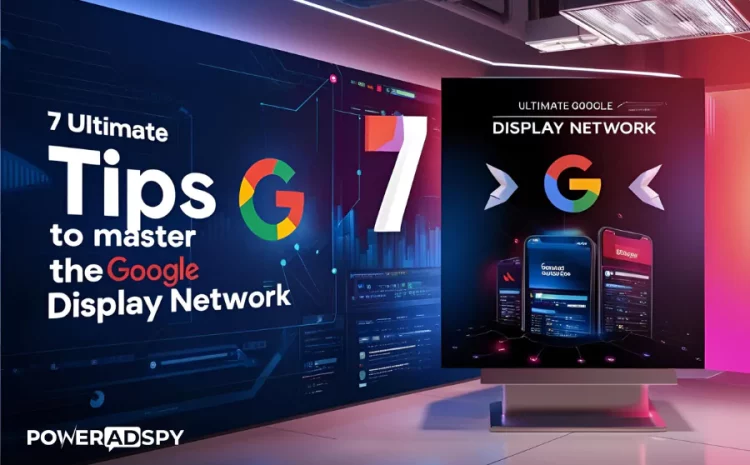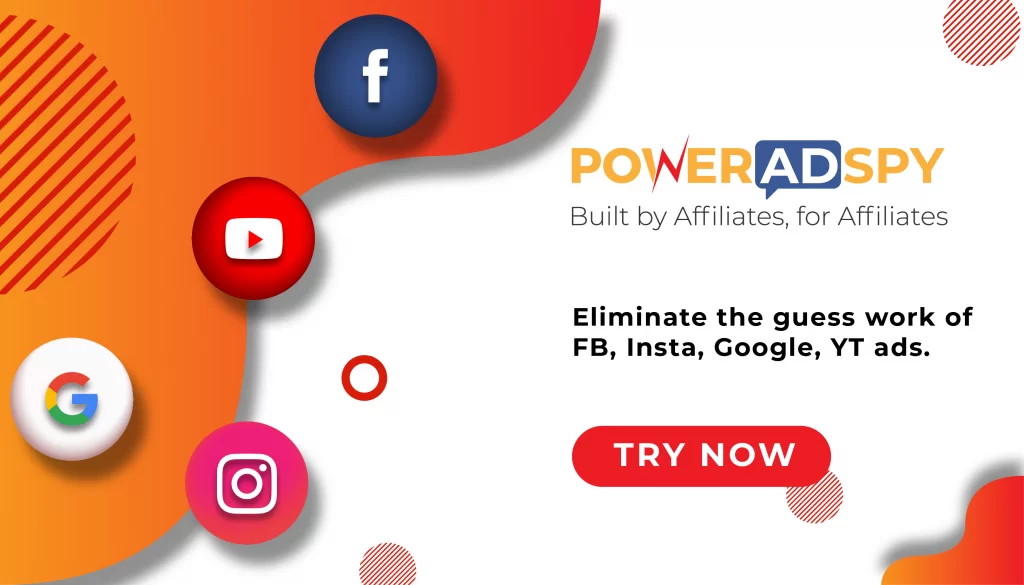7 Ultimate Tips To Master The Google Display Network
Google Display Network advertising now connects with 92% of internet users, yet outdated strategies continue to drain 72% of ad budgets. As we move into 2025, advertisers can no longer rely on traditional methods to capture audience attention and drive conversions. The advertising ecosystem has shifted, with AI-powered optimization, immersive ad formats, and privacy-centric targeting becoming the new norm. These advancements have transformed how brands engage with their audiences, making it necessary for advertisers to stay updated and embrace these innovative strategies.
Google display advertising has evolved beyond static banners and generic targeting. Modern campaigns now integrate interactive ads, personalized messaging, and predictive audience insights powered by machine learning. As privacy regulations tighten and user behavior shifts, brands must adapt by leveraging contextual signals and AI-based segmentation to maintain relevance. These changes improve engagement & maximize ROI by ensuring that ads reach the right audience at the right time.
Understanding how the Google Display Network (GDN) has evolved and how these changes can be leveraged to enhance ad performance is essential. Let’s look at what GDN represents in 2025 and why mastering its advanced features is key to staying ahead.
In a hurry? Listen to the blog instead!
What Is The Google Display Network?
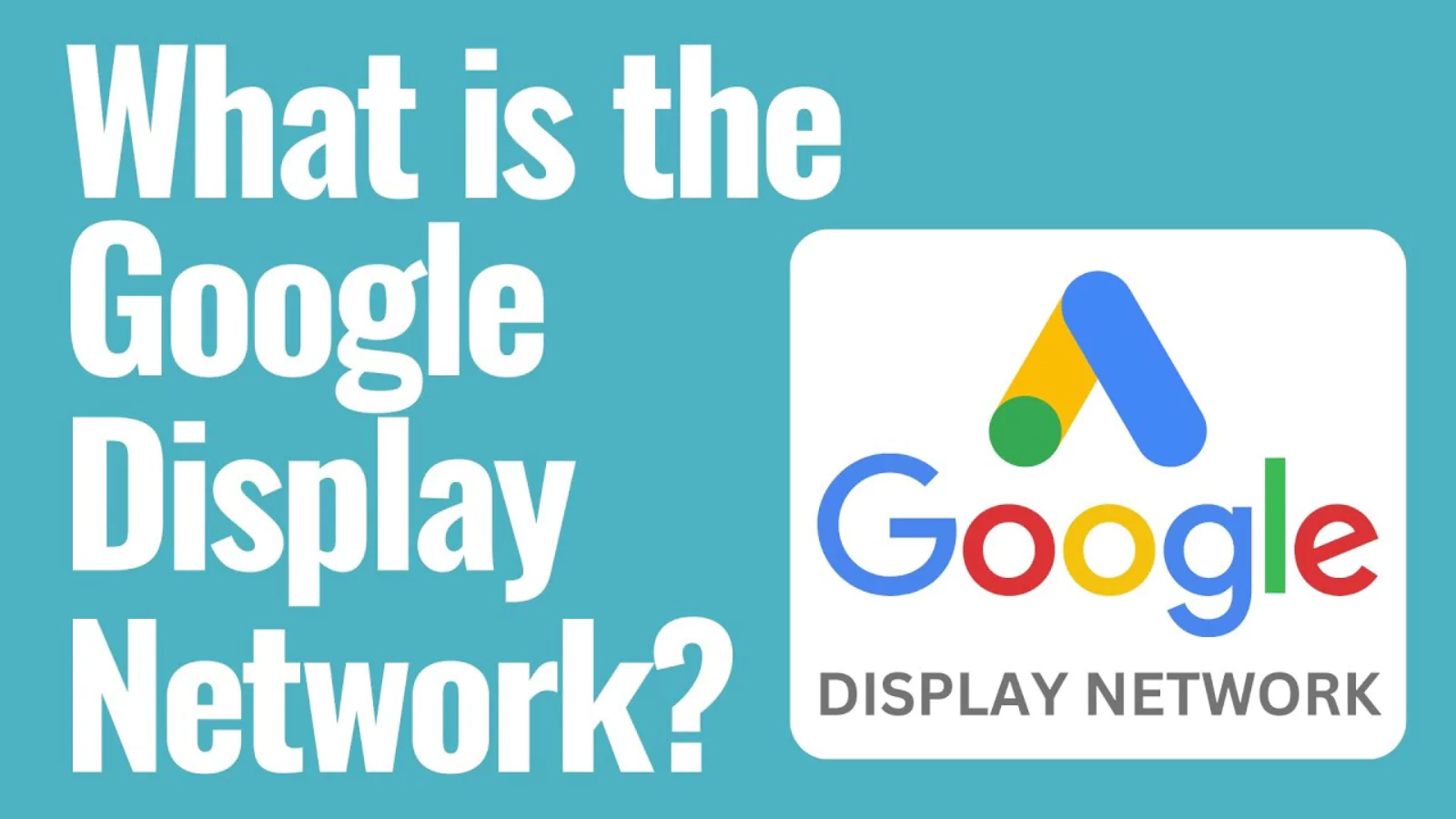 The Google Display Network is no longer just a collection of static placements; it has transformed into a next-generation visual ad ecosystem. Today, it spans over 2.5 million sites, apps, and connected TV (CTV) platforms, all powered by AI-driven Google display ads. This modern definition reflects the network’s evolution into an immersive platform for storytelling through interactive and visually appealing ad formats.
The Google Display Network is no longer just a collection of static placements; it has transformed into a next-generation visual ad ecosystem. Today, it spans over 2.5 million sites, apps, and connected TV (CTV) platforms, all powered by AI-driven Google display ads. This modern definition reflects the network’s evolution into an immersive platform for storytelling through interactive and visually appealing ad formats.
When comparing GDN with the Search Network in 2025, the differences are clear:
- Search Network: Focuses on hyper-intent-driven campaigns. Ads here are triggered by explicit search queries, such as voice commands or typed inquiries, leading to highly targeted user actions.
- Google Display Ad Network: It emphasizes immersive storytelling. Through rich media options like augmented reality (AR) banners and shoppable video ads, GDN offers advertisers a creative space to engage users in ways that transcend simple text-based ads.
Recent statistics underscore the rising influence of GDN:
- Half of all purchases now begin with a GDN ad impression.
- CTV ad spending on GDN has grown by 70% year-over-year.
These insights provide a clear indication that the future of advertising lies in dynamic, visually engaging experiences. As we delve deeper, the next section will reveal why Google Display Network advertising dominates in 2025.
Why Is Google Display Network Advertising Dominant?
In the current environment, the impact of Google Display Network advertising is driven by several key trends. The integration of AI is one of the most significant factors, as it enables the generation of creative assets in real-time, ensuring ads remain fresh and relevant. Moreover, privacy-safe targeting methods—such as cohorts and contextual signals—are redefining how campaigns reach the right audience without compromising user data.
Cost efficiency and ROI are at the forefront of these innovations. Data shows that GDN drives cost-per-view rates three times lower than social media platforms in 2025. An industry expert succinctly summarized the new reality:
“GDN is no longer optional—it’s the backbone of omnichannel marketing.”
This shift to a more dynamic and cost-effective approach sets the stage for the strategies that follow. In the next section, we break down the seven advanced techniques that can elevate your campaigns on the Google Display Network.
7 Advanced Google Display Network Strategies
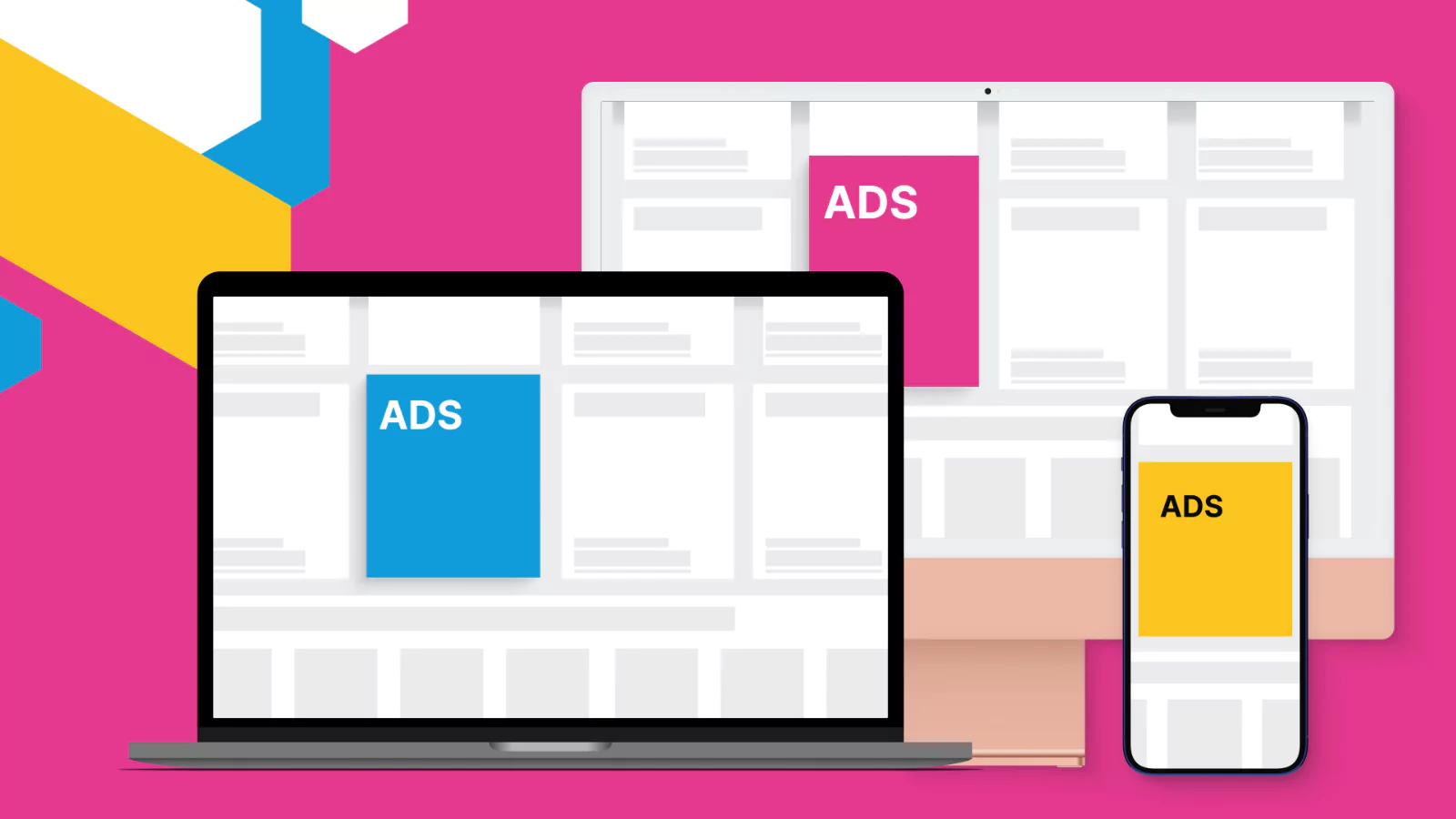 1. AI-Optimized Audience Segmentation
1. AI-Optimized Audience Segmentation
One of the most transformative strategies for modern advertisers is leveraging artificial intelligence for precise audience segmentation. With the advent of Privacy Sandbox cohorts, targeting is no longer reliant on traditional cookies. Instead, advertisers can reach specific groups—such as “eco-conscious shoppers”—by tapping into these refined cohorts.
A recent case study revealed that a direct-to-consumer brand managed to reduce its cost per acquisition by 40% simply by honing in on the right audience. This approach streamlines targeting efforts and increases the relevance of the ads being delivered. With a clearly defined audience, the next step is to ensure that your messaging is equally tailored to their needs.
2. Dynamic Remarketing With Predictive Analytics
Dynamic remarketing has always been a cornerstone of digital campaigns, yet its potential is significantly enhanced when paired with predictive analytics. By leveraging data from modern analytics platforms like Google Analytics 4, advertisers can predict user behavior with remarkable accuracy. Ads can be served based on a user’s likelihood to churn or convert, ensuring that every dollar spent is directed at those most likely to engage further.
Incorporating advanced ad intelligence software into this process can uncover competitor tactics and emerging trends in real-time. This proactive strategy ensures your campaigns remain agile and responsive to market shifts, boosting engagement and conversion rates.
With your audience segmented and dynamic remarketing in place, the creative elements of your campaign must evolve to capture user interest.
3. Master Responsive & Interactive Ads
The modern user expects more than just static images; they crave interaction. Google display ads have evolved to include responsive formats that integrate interactive features like polls, quizzes, and even augmented reality try-ons. These elements foster a more engaging experience, ensuring capture attention in a cluttered digital environment.
Design tools such as Canva paired with creative templates allow for rapid iterations, enabling advertisers to produce high-quality visuals without lengthy delays. This agile creative process ensures your ads are aesthetically pleasing and capable of delivering a compelling narrative that resonates with users.
As your creative assets become more engaging, it’s equally important to optimize where your budget is spent.
4. Block Hidden Budget Drains
Budget misallocation remains a persistent challenge in digital campaigns, often due to low-quality placements. In 2025, some of the worst offenders are AI-generated spam sites and underperforming connected TV channels. These placements can silently erode your ad spend without delivering tangible results.
By implementing robust placement blockers, advertisers can automatically exclude risky domains and focus on high-performing channels. This safeguard protects your budget & ensures that your campaigns are seen by the most relevant audiences.
With your budget secured, the next step is to broaden your reach by integrating multiple channels for a cohesive campaign.
5. Integrate CTV + Display For Full Funnel Impact
Integrating connected TV (CTV) with display advertising can create a seamless, multi-channel experience that enhances brand recall and drives conversions. A practical approach is to repurpose short-form video content, such as YouTube Shorts, into concise 10-second CTV ads. It maximizes the use of existing assets & enables you to reach audiences in environments where traditional ads might not perform as well.
For example, a recent campaign for a fitness app saw a 120% boost in app installs after integrating CTV with its display strategy. This full-funnel approach reinforces brand messaging and engages users across various touchpoints, creating a cohesive customer journey.
As your multi-channel strategy gains traction, it becomes essential to refine your messaging through targeted testing.
6. Test AI-Generated Ad Copy
Experimentation is key when it comes to crafting compelling ad copy. AI-powered tools, such as Google’s Auto Text, offer the ability to generate multiple variations of ad copy quickly. These variations can then be fine-tuned with human insight to ensure the message remains authentic and aligned with your brand’s voice.
Additionally, employing a reliable Google Ads spy tool allows you to gain insights into the call-to-action elements that competitors are using. Analyzing these trends can help you adjust your copy to maximize user engagement and drive higher conversion rates.
Even the most captivating ad copy requires effective tracking to determine its true impact on your campaign.
7. Track Cross-Device Attribution
Today’s consumer journey is rarely confined to a single device. Research shows that a significant portion of users interact with ads across multiple devices before converting. To fully understand and optimize this behavior, implementing cross-device attribution is essential.
By combining insights from Google Ads tracking with comprehensive cross-channel reports, advertisers can achieve a clearer picture of how each device contributes to conversions. This integrated view refines targeting efforts & optimizes ad spend allocation. It ensures that every touchpoint contributes to the overall campaign’s success.
PowerAdSpy: Ad Intelligence Software
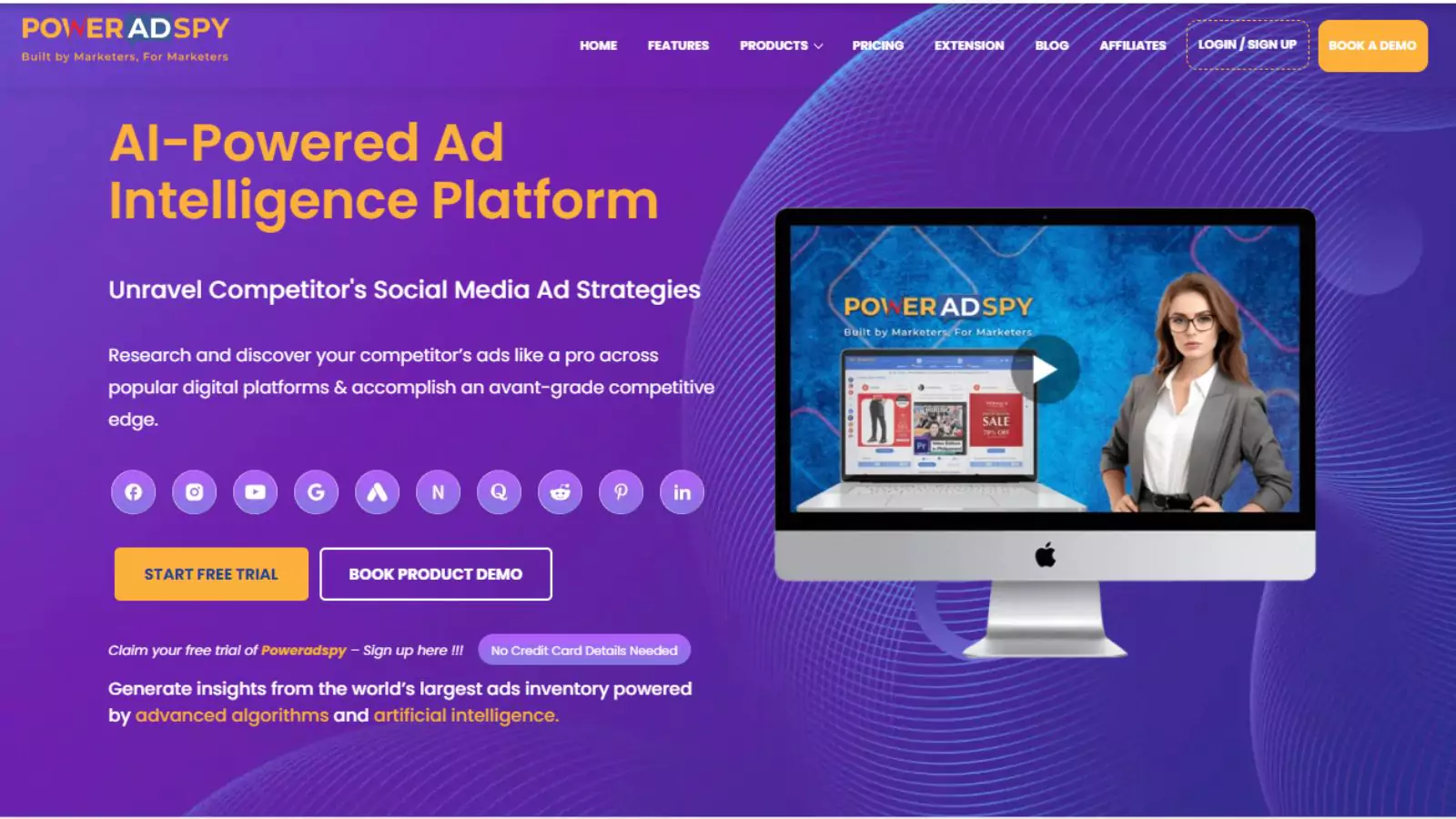 PowerAdSpy is a powerful ad intelligence software designed to help advertisers optimize their Google display ads with data-driven insights. Whether launching a new campaign or refining an existing one, PowerAdSpy equips you with the tools to analyze high-performing ads across multiple platforms, including Google Display Network, Facebook, YouTube, and Instagram. With a clear understanding of industry trends and competitor tactics, you can craft more engaging ads and improve your ROI.
PowerAdSpy is a powerful ad intelligence software designed to help advertisers optimize their Google display ads with data-driven insights. Whether launching a new campaign or refining an existing one, PowerAdSpy equips you with the tools to analyze high-performing ads across multiple platforms, including Google Display Network, Facebook, YouTube, and Instagram. With a clear understanding of industry trends and competitor tactics, you can craft more engaging ads and improve your ROI.
Key Features of PowerAdSpy
Extensive Ad Database
Access a vast library of successful ads from various platforms. Identify winning ad formats, messaging strategies, and design elements to apply to your Google display advertising campaigns.
Advanced Search and Filtering
Use precise filters to find relevant ads by industry, demographics, keywords, and engagement metrics. This feature enables you to focus on strategies that align with your advertising goals.
Competitor Analysis for Strategic Insights
PowerAdSpy helps you uncover the ad strategies of your competitors, including their targeting methods, ad creatives, and call-to-action (CTA) approaches. With this data, you can refine your campaigns and stay ahead in the competitive landscape.
Trend and Performance Monitoring
Stay on top of industry trends and track ad performance in real time. Adapting your Google display ads strategy based on current trends ensures that your ads remain relevant and impactful.
Creative Inspiration and Ad Templates
PowerAdSpy offers a range of creative templates to streamline the design process. By leveraging these resources, you can create responsive and interactive ads that resonate with your target audience.
By incorporating PowerAdSpy into your strategy, you gain a competitive edge by leveraging actionable insights, improving ad performance, and driving meaningful results from your Google Display Network advertising campaigns.
3 Google Display Network Mistakes To Avoid In 2025
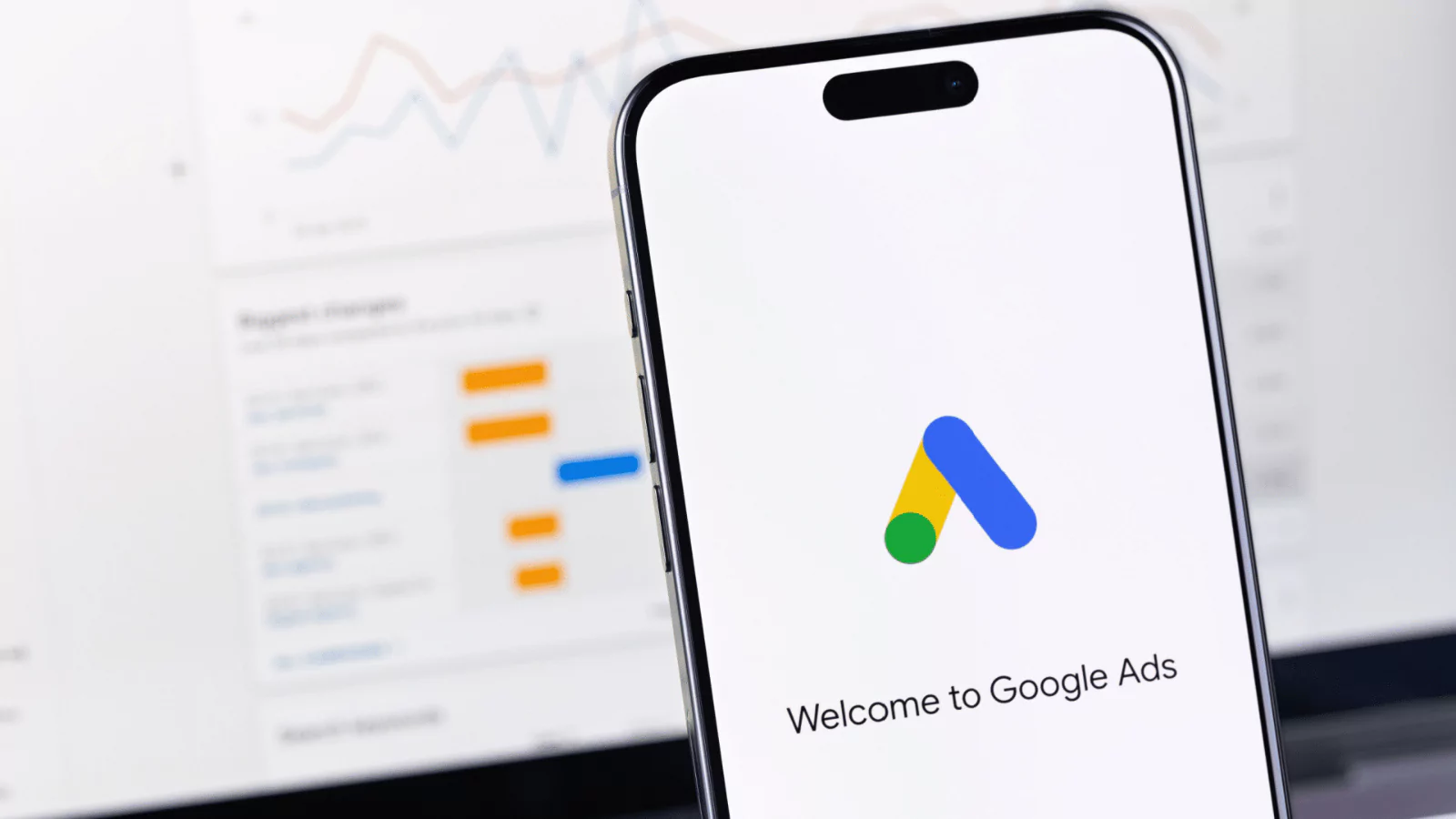 Even with a solid strategy, overlooking critical pitfalls can undermine your Google Display Network advertising efforts. By understanding and avoiding these common mistakes, you can safeguard your campaigns and maximize returns.
Even with a solid strategy, overlooking critical pitfalls can undermine your Google Display Network advertising efforts. By understanding and avoiding these common mistakes, you can safeguard your campaigns and maximize returns.
1. Overlooking Contextual AI Targeting
One of the most common errors is continuing to rely solely on outdated interest-based audiences. While these methods have traditionally been effective, they often result in a disconnect between ad messaging and the context in which users consume content. In 2025, Google’s AI-driven contextual targeting tools, such as page sentiment analysis and contextual relevance mapping, allow advertisers to deliver ads that align more precisely with the content users are engaging with. By incorporating these advanced tools, marketers can ensure that ads are reaching the right audience & matching the context of the content, leading to better engagement and conversion rates.
2. Wasting Budget on Unvetted Placements
Another critical mistake is allowing Google to auto-optimize ad placements without implementing safeguards. While automated optimization can improve efficiency, it often results in ad spend being allocated to low-quality placements, such as AI-generated spam sites or low-engagement channels. It leads to budget waste and minimal return on investment. To avoid this, advertisers should use PowerAdSpy’s blacklist feature, which automatically filters out risky placements. Additionally, a manual review process can further ensure that ads appear on high-performing sites where real engagement and conversion potential exist.
3. Ignoring Vertical Ad Formats
With the increasing dominance of mobile-first content, ignoring vertical ad formats can severely limit your reach. In 2025, approximately 75% of Google Display Network impressions are projected to come from vertical ad formats similar to TikTok-style ads. Focusing solely on traditional horizontal ad formats overlooks a significant portion of the audience that prefers vertical, mobile-optimized content. To capture this growing segment, advertisers should prioritize creating thumb-stopping vertical creatives that resonate with modern, mobile-first users. These ad formats enhance user engagement & increase the likelihood of conversions.
By avoiding these common mistakes, you can refine your Google display ads strategy and ensure campaigns remain optimized for success in 2025.
Read More:
The Best 8 Benefits Of Google Display Ads
05 Excellent Pointers To Earn More With Google Display Ads Spy Tool
Conclusion
The Google Display Network remains an essential platform for businesses aiming to boost their online visibility and drive meaningful engagement. Its ability to reach millions of users across diverse websites, apps, and YouTube channels makes it an ideal choice for building brand awareness and increasing conversions. By leveraging various ad formats and utilizing advanced targeting options, advertisers can create highly personalized campaigns that resonate with their audience. However, to truly optimize performance on the Google Display Network, it’s crucial to continuously monitor and refine ad strategies based on data-driven insights.
For marketers who want to stay ahead of the competition and ensure their ads deliver maximum impact, PowerAdSpy provides in-depth analytics and competitive intelligence. PowerAdSpy to analyze top-performing ads and fine-tune campaign strategies, businesses can unlock greater success and achieve better results from their display advertising efforts.
FAQ Section
- How does Google Display Network differ from Google Search Ads?
Google Display Network (GDN) focuses on displaying visual ads across websites, apps, and YouTube. Google Search Ads appear as text ads on search engine results pages when users actively search for specific terms. GDN is ideal for increasing brand awareness, while Search Ads target users with intent to convert.
- Can I control where my ads appear on the Google Display Network?
Yes, GDN allows advertisers to control ad placements by selecting specific websites, apps, or YouTube channels where their ads will appear. You can also exclude unwanted sites or categories to refine your targeting.
- How do I measure the effectiveness of my Google Display Network campaigns?
To measure effectiveness, track key metrics such as impressions, clicks, click-through rates (CTR), and conversions. Google Ads provides detailed performance data, helping you analyze audience engagement and optimize your ad strategies.
- Is it possible to use remarketing with Google Display Network?
Yes, GDN supports remarketing, allowing advertisers to reconnect with users who have previously visited their website or engaged with their brand. Remarketing ads can help boost conversions by reminding potential customers to complete their actions.
- What budget should I set for a Google Display Network campaign?
Budgeting for GDN depends on factors like audience size, ad format, and campaign goals. Start with a manageable budget and adjust based on performance data to ensure a positive return on investment.

